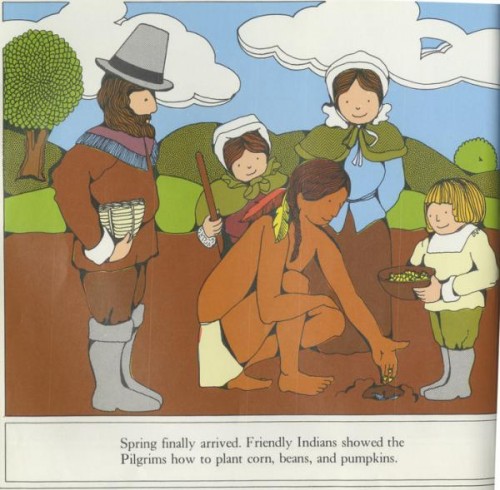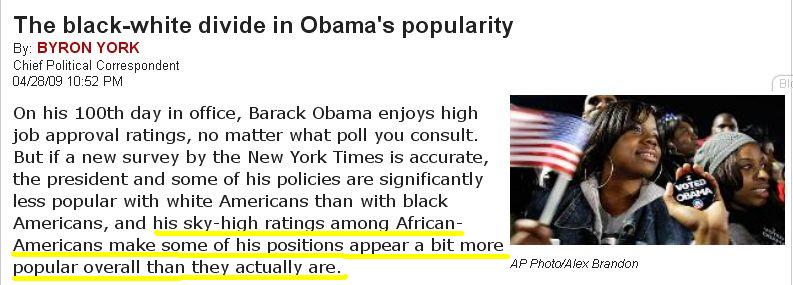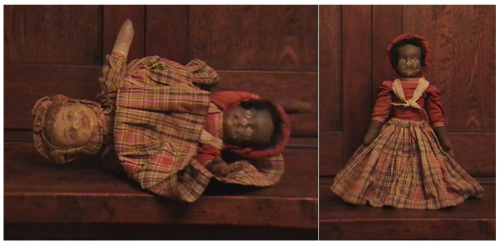It is only 50 years ago that the state of Florida was hounding lesbians and gays from their jobs in schools and universities. Their persecution is distressing on many levels, the most far-reaching of which is the power that the state can hold when it is allowed to harass its citizens for no other reason than their choice of lovers.
In this case, this power could be exerted because an unrepresentative group, The Pork Chop Gang, was able to form a state-within-a-state, known as the Johns Committee in 1956 (after Charley Johns, a state senator). They collaborated with police forces and sympathetic university administrators. University of Florida President J. Wayne Reitz’s dubious career, or example, included “purges of gay and leftist employees, students,” and at least 85 African-American students.
Lisa Mills and Robert Cassanello have produced a documentary on the Johns Committee, a trailer for which can be seen here:
In 1964, the Committee published a hateful screed that became known as The Purple Pamphlet (full text). The section “What to do about homosexuality?” reveals that 64 Florida teachers had had their certificates revoked between 1959 and 1964, and that legislation had been strengthened to ensure more such revocations. Convicted teachers could meanwhile look forward to compulsory psychiatric treatment of the kind that killed Alan Turing in the U.K.
The lessons of this period remain potent in 2014, at a time when Texas Republicans are advocating “reparative therapy” for gay men. Such therapies could be a Trojan Horse for state power over gay peoples’ lives. They give hope to the politicians of today who would like to emulate the notorious feats of the Johns Committee which haunt our recent past.
Jonathan Harrison, PhD, is an adjunct Professor in Sociology at Florida Gulf Coast University and Hodges University whose PhD was in the field of racism and antisemitism. He writes for the History News Network, where this post originally appeared.





